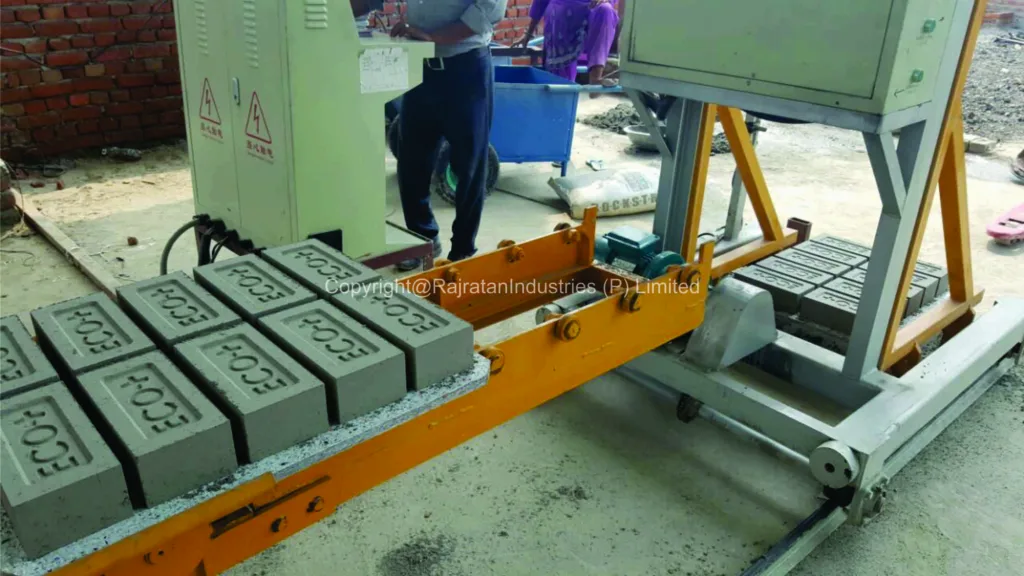
Introduction
As construction technology evolves, the choice of building materials has become a critical decision for builders and architects. Among these materials, fly ash bricks have emerged as a sustainable and cost-effective alternative to traditional clay bricks. This article explores the differences, benefits, and environmental impact of fly ash bricks compared to traditional materials, helping you make an informed choice for your next project.
Understanding Fly Ash Bricks
Fly ash bricks are made from industrial by-products such as fly ash, cement, and sand. They are gaining popularity for their:
- Eco-Friendliness: Made from waste materials, reducing landfill waste.
- Durability: High compressive strength and resistance to weathering.
- Cost-Efficiency: Lighter weight reduces transportation and handling costs.
How They Compare to Traditional Building Materials
| Feature | Fly Ash Bricks | Traditional Clay Bricks |
|---|---|---|
| Eco-Impact | Made from recycled materials | High carbon footprint due to kiln firing |
| Strength | Higher compressive strength | Moderate strength |
| Moisture Absorption | Lower, reducing efflorescence | Higher, leading to salt deposits |
| Cost | Affordable and consistent | Costlier with fluctuating quality |
The Future of Construction Materials
The future belongs to materials that combine sustainability, cost-efficiency, and durability. Fly ash bricks are a step toward greener construction, addressing both environmental concerns and modern engineering demands.
Why Rajratan Industries?
At Rajratan Industries, we don’t just manufacture high-quality PAC Pallets for brick blocks and pavers—we support innovative and sustainable construction practices. Our PAC Pallets are designed to ensure durability, ease of handling, and better storage for your fly ash bricks.
Call Now For PAC Brick Pallets Free Sample
Want a free sample PAC Pallet? Call +91 9685927927 Monday to Saturday, 10 AM to 6 PM.
